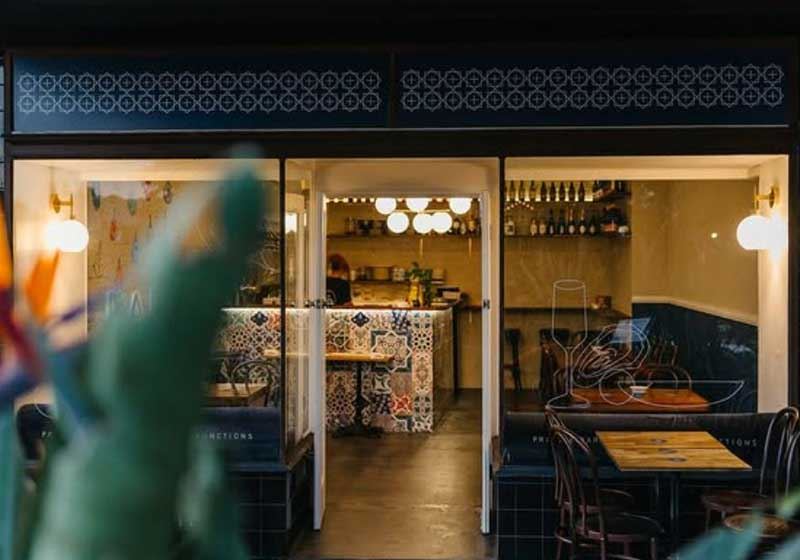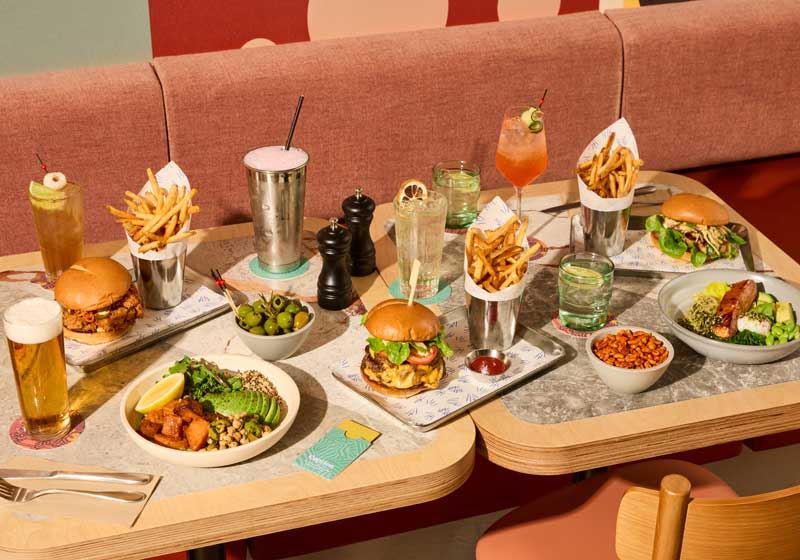By Marie-Antoinette Issa.
In contrast to elaborate multi-course meals, classic Italian street food typically embraces the concept of ‘cucina povera’ or ‘poor cooking’ - a diet of carb-rich cuisine, where humble ingredients are transformed into culinary delights designed to be consumed quickly. Although no less deliciously!
More than mere sustenance, Italian street food is a social experience bringing people together to both savour delicious tastes and celebrate shared traditions.
From the bustling streets of Rome to the charming alleys of Florence and the coastal towns of Sicily, these mobile meals offer a tantalising glimpse into the country's culinary soul. Whether grabbing a quick bite on the way to work, meeting friends for an evening passeggiata (stroll) or indulging in late-night snacks after a day of living la dolce vita, the Italian take on ‘fast food’ plays an integral role in understanding its culture.

One of the most iconic Italian street foods across the country is the humble panino, a sandwich that varies from region to region but typically consists of crusty bread filled with a combination of cured meat, cheese and fresh vegetables.
Whether it's the classic panino con porchetta from central Italy or the indulgent panino con mozzarella and prosciutto from the streets of Naples, each bite is a symphony of tastes and textures.

Similarly, another beloved staple of Italian street food is pizza al taglio, or ‘pizza by the slice’. Originating in Rome, this style of pizza is baked in rectangular trays and sold by weight, allowing customers to choose from an array of toppings ranging from simple Margherita to more adventurous combinations like prosciutto and arugula. The result is a satisfying snack that perfectly balances crispiness, carby-ness and chewy cheesiness.
In the northern domains of Italy, street food reflects the hearty flavours of the mountains that neighbour France and Switzerland. In Milan, for example, the bustling metropolis of the region, locals flock to street stalls for a taste of cotoletta alla milanese, a breaded and fried veal cutlet served with a squeeze of lemon.

Meanwhile, in the picturesque town of Verona, vendors tempt passersby with polenta e osei, a traditional dish of creamy polenta topped with small birds - a nod to the region's hunting heritage.
Venturing further south to Sicily, street food takes on a distinctly Mediterranean flair, with influences from Greek, Arab and Spanish cuisines.
Here, you'll find street vendors dishing out piping hot fritti (or fried treats) and delicacies like panelle - chickpea fritters seasoned with parsley and pepper, sfincione - a thick Sicilian pizza topped with onions, tomatoes and anchovies, arancini - rice balls filled with cheese and ragu, crocche - potato croquettes and panzerotti - deep-fried calzones.

These crispy delights offer the perfect on-the-go snack for locals and tourists alike and are best enjoyed washed down with a refreshing glass of granita - a semi-frozen dessert made with fruit juice and sweetened with sugar, enjoyed year-round in the Sicilian sunshine.

Finally, in the coastal regions of Italy, seafood takes centre stage in street food offerings. From Sardinia’s fritto misto, a mouthwatering mix of fried fish and seafood, to Livorno's cacciucco, a hearty fish stew brimming with fresh catch from the Tyrrhenian Sea, seafood lovers will find plenty to savour as they wander the sun-drenched streets.









